Home>Technology>Smart Home Devices>What Is Toner In A Printer
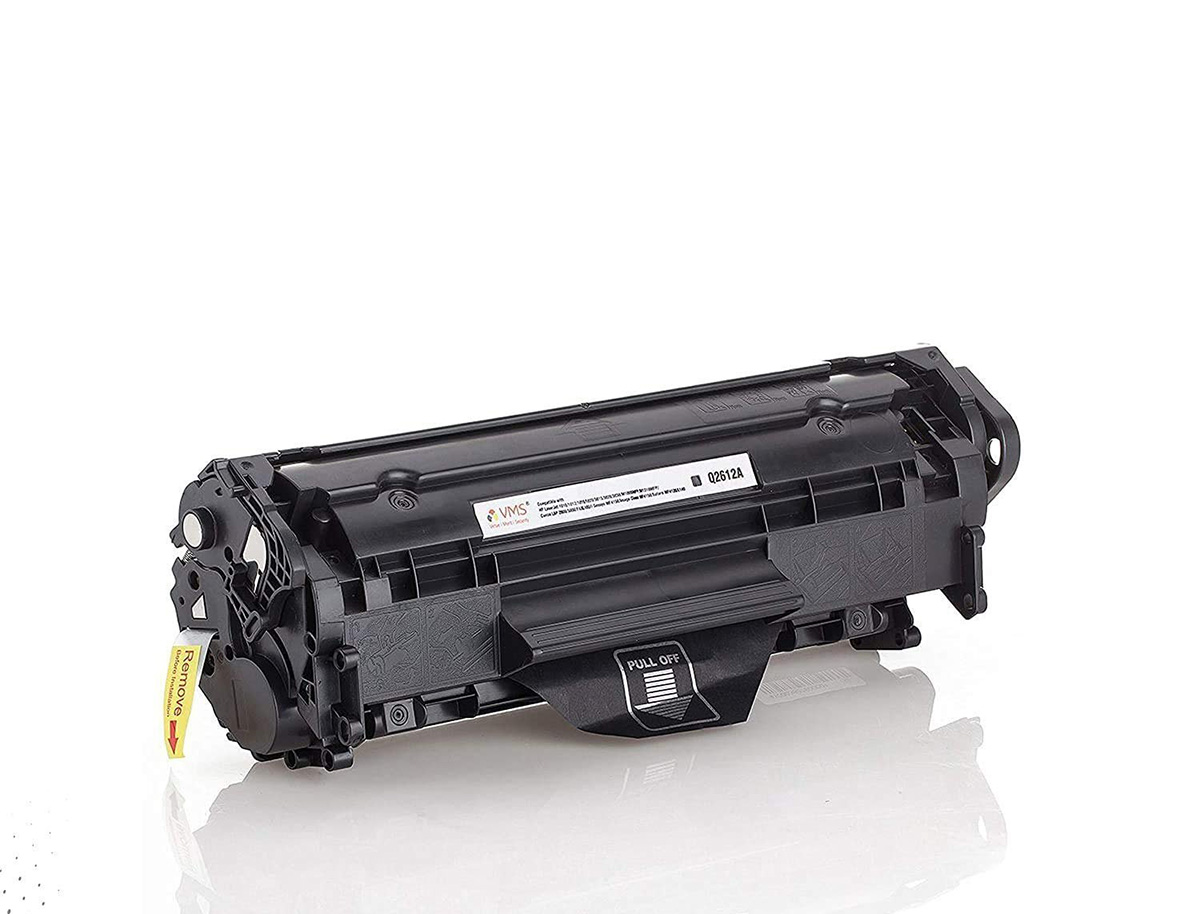

Smart Home Devices
What Is Toner In A Printer
Modified: January 14, 2024
Learn what toner is in a printer and how it relates to smart home devices. Discover the role of toner in maintaining high-quality prints and efficient printing processes.
(Many of the links in this article redirect to a specific reviewed product. Your purchase of these products through affiliate links helps to generate commission for Storables.com, at no extra cost. Learn more)
**
Introduction
**
Printers have become an indispensable part of our daily lives, whether it's for work, school, or personal use. The quality of the prints we get from a printer largely depends on the type of toner used. Toner plays a critical role in the printing process, and understanding its significance is essential for anyone who relies on printers for their day-to-day tasks. In this article, we will delve into the world of printer toner, exploring its definition, types, functionality, and importance in the printing process. Whether you're a seasoned professional or a curious novice, this guide will provide valuable insights into the often overlooked yet vital component of modern printing technology.
Key Takeaways:
- Toner is a crucial powder in printers that transfers text and images onto paper through an electrostatic process, impacting print quality and environmental sustainability.
- There are two main types of toner: standard and high-yield, each offering different benefits for printing needs, such as cost-effectiveness and longevity.
Read more: How To Reset Toner On A Brother Printer
Definition of Toner
Toner is a powdery substance used in laser printers and photocopiers to form the printed text and images on paper. It is a crucial component of the printing process, working in tandem with the printer's drum and fuser to create high-quality prints. The composition of toner typically includes carbon, polymers, and coloring agents, which are finely ground to ensure smooth and consistent printing results.
The primary function of toner is to transfer the text and images from the printer's drum onto the paper. This is achieved through a complex electrostatic process, wherein the toner particles are charged and attracted to the oppositely charged areas on the drum, forming the desired patterns. Once the toner is transferred to the paper, it is fused in place by the printer's fuser, resulting in a durable and smudge-resistant printout.
It's important to note that the composition and quality of toner can vary between different printer models and manufacturers. Some toners are specifically formulated for high-speed printing, while others are designed to produce vibrant colors for graphical prints. Understanding the nuances of toner composition and its compatibility with specific printer models is crucial for achieving optimal printing results.
Types of Toner
When it comes to printer toner, there are several types available, each tailored to meet specific printing requirements. Understanding the different types of toner can help users make informed decisions when selecting the most suitable option for their printing needs. The two primary categories of toner are:
1. Standard Toner: Standard toner is the conventional option used in most laser printers and copiers. It is designed for general-purpose printing, offering reliable performance for everyday documents, reports, and text-based prints. Standard toner is known for its cost-effectiveness and is widely available for a broad range of printer models.
2. High-Yield Toner: High-yield toner, also known as high-capacity toner, is engineered to deliver a higher page yield compared to standard toner cartridges. This type of toner is ideal for users with high-volume printing needs, as it reduces the frequency of cartridge replacements and minimizes overall printing costs. High-yield toner cartridges are particularly beneficial for businesses and individuals who require consistent, long-term printing solutions.
Additionally, toner cartridges are available in both monochrome and color options, catering to the diverse printing demands of users. Monochrome toner is designed for black and white printing, while color toner cartridges contain cyan, magenta, yellow, and black toner for producing vibrant, full-color prints.
It’s important to consider factors such as page yield, cost per page, and print quality when choosing between standard and high-yield toner options. By evaluating these aspects, users can select the most suitable toner type to optimize their printing efficiency and budget management.
Toner is a powder used in laser printers to create text and images on paper. It consists of tiny plastic particles mixed with coloring agents. When the printer heats up, the toner melts and sticks to the paper, creating the printed image.
How Toner Works in a Printer
The process of how toner works in a printer is a fascinating blend of advanced technology and precise engineering. Understanding the intricacies of this process sheds light on the remarkable efficiency of modern printing devices. The following steps outline the fundamental mechanism of how toner operates within a printer:
1. Electrostatic Charging: The printing process begins with the electrostatic charging of the printer’s drum. A corona wire or charge roller applies a negative charge to the surface of the drum, preparing it for the transfer of toner particles.
2. Image Formation: The printer’s laser or LED mechanism selectively discharges the charged areas on the drum, creating an electrostatic image of the content to be printed. This image corresponds to the text and graphics that will appear on the final printout.
3. Toner Transfer: As the drum rotates, it comes into contact with the toner in the toner cartridge. The toner particles, which carry a positive charge, adhere to the negatively charged areas on the drum, forming the electrostatically charged image with precision.
4. Transfer to Paper: The paper is then passed between the drum and a transfer roller, where the electrostatically charged toner image is transferred onto the paper’s surface. This step ensures that the toner adheres to the paper in the exact formation of the intended printout.
5. Fusing Process: The final stage involves the fusing process, where the printed paper passes through the fuser unit. This unit applies heat and pressure to permanently bond the toner particles to the paper, resulting in a durable and smudge-resistant print.
By meticulously following these steps, the printer effectively translates digital data into physical prints, with the toner playing a central role in the accurate reproduction of text and images. The seamless coordination of electrostatic principles, toner properties, and precision engineering ensures the consistent delivery of high-quality prints in modern laser printers and copiers.
Importance of Toner in Printing
Toner holds significant importance in the realm of printing, influencing the quality, efficiency, and cost-effectiveness of the entire printing process. The following points highlight the crucial role of toner in achieving optimal printing outcomes:
1. Print Quality: The quality of toner directly impacts the clarity, sharpness, and longevity of printed documents. High-quality toner ensures consistent color vibrancy, precise image reproduction, and crisp text, contributing to professional-looking prints suitable for a wide range of applications.
2. Reliability: Utilizing the right toner for a specific printer model enhances the reliability and performance of the printing equipment. Compatible toner cartridges and consumables contribute to smooth printing operations, minimizing the risk of malfunctions, smudging, or inconsistent output.
3. Longevity: Premium toner formulations and high-yield options extend the longevity of printing supplies, reducing the frequency of cartridge replacements and overall maintenance costs. This is particularly beneficial for businesses and individuals with high-volume printing requirements, as it ensures sustained productivity and cost savings.
4. Consistency: Toner plays a pivotal role in maintaining print consistency across various print jobs. Whether producing text documents, graphics, or photographs, reliable toner ensures uniform print quality, color accuracy, and overall consistency, meeting the diverse needs of users.
5. Environmental Impact: Many modern toner formulations prioritize environmental sustainability by incorporating eco-friendly materials and promoting efficient resource usage. This eco-conscious approach reduces the ecological footprint of printing activities, aligning with the growing emphasis on environmental responsibility in the realm of technology and business.
6. Cost-Effectiveness: Optimal toner selection, including high-yield options and compatible cartridges, contributes to cost-effective printing solutions. By maximizing page yield, minimizing waste, and optimizing consumable usage, the right toner choices lead to efficient budget management and reduced printing expenses over time.
Understanding the importance of toner in printing empowers users to make informed decisions when selecting toner cartridges and consumables. By prioritizing quality, reliability, longevity, and sustainability in toner choices, individuals and businesses can elevate their printing capabilities while maximizing value and minimizing environmental impact.
Read also: 14 Best Toner Printer For 2025
Conclusion
The role of toner in the printing process is far more significant than meets the eye. From its intricate electrostatic interactions to its impact on print quality and environmental sustainability, toner stands as a cornerstone of modern printing technology. As users continue to rely on printers for diverse applications, understanding the nuances of toner and its pivotal role in achieving superior print outcomes becomes increasingly essential.
By grasping the diverse types of toner available, from standard to high-yield options, and recognizing their respective benefits, users can tailor their printing solutions to align with their specific needs. Whether aiming for cost-effective monochrome prints or vibrant color reproductions, the right toner selection can significantly enhance the efficiency and value of printing operations.
Furthermore, the seamless orchestration of toner, electrostatic principles, and precision engineering within the printer mechanism underscores the remarkable synergy of technology and innovation. This synergy culminates in the reliable production of high-quality prints, driven by the indispensable role of toner in translating digital data into tangible, professional-grade documents.
As the printing landscape continues to evolve, the importance of prioritizing print quality, reliability, longevity, and sustainability in toner selections cannot be overstated. By embracing these principles, users can elevate their printing experiences, optimize cost-effectiveness, and contribute to environmentally conscious printing practices.
In essence, the journey of toner, from its composition to its application, epitomizes the fusion of science, functionality, and user-centric innovation. Embracing a deeper understanding of toner empowers individuals and businesses to unlock the full potential of their printing capabilities while embracing efficiency, quality, and environmental stewardship in the digital age.
Frequently Asked Questions about What Is Toner In A Printer
Was this page helpful?
At Storables.com, we guarantee accurate and reliable information. Our content, validated by Expert Board Contributors, is crafted following stringent Editorial Policies. We're committed to providing you with well-researched, expert-backed insights for all your informational needs.
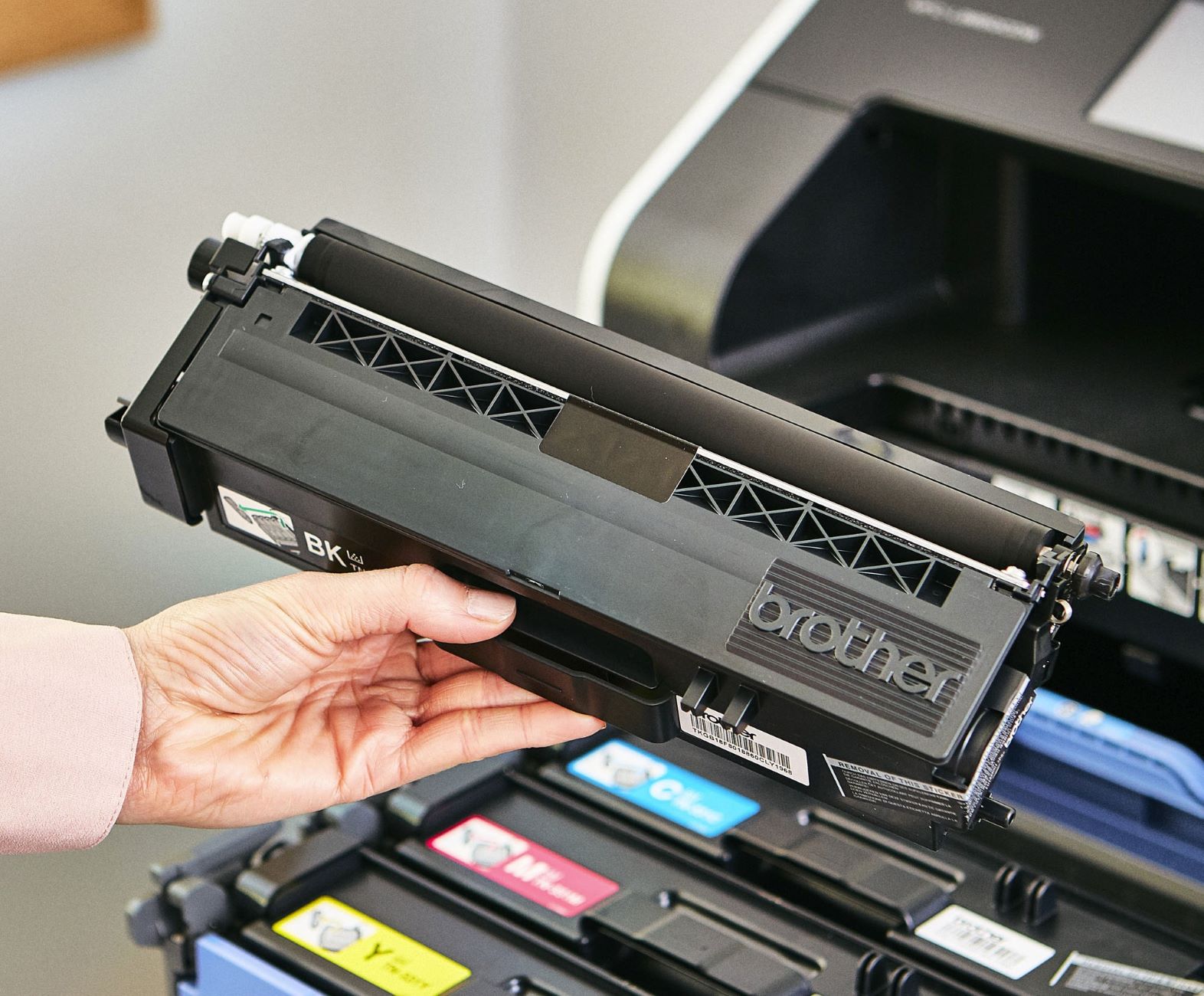
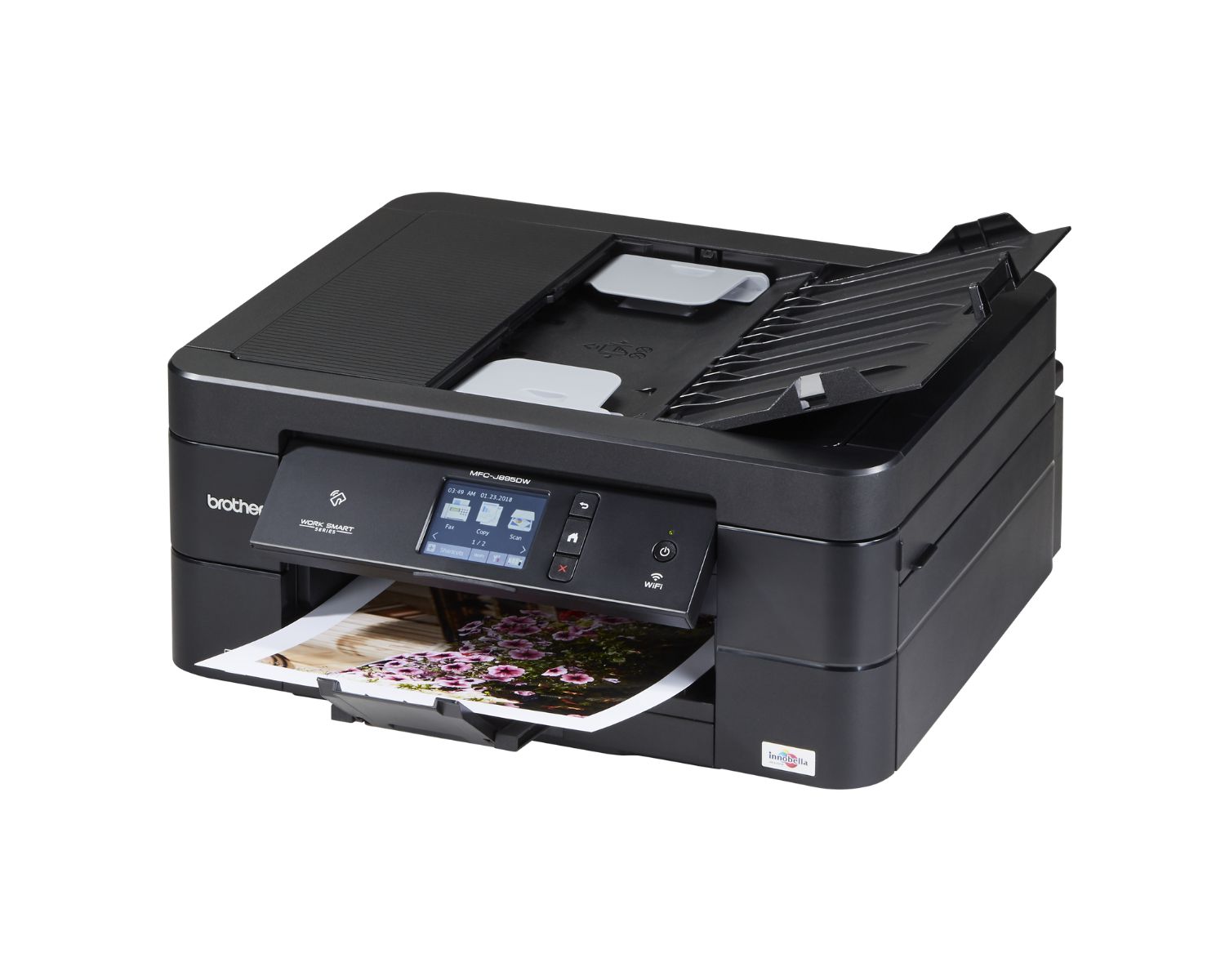
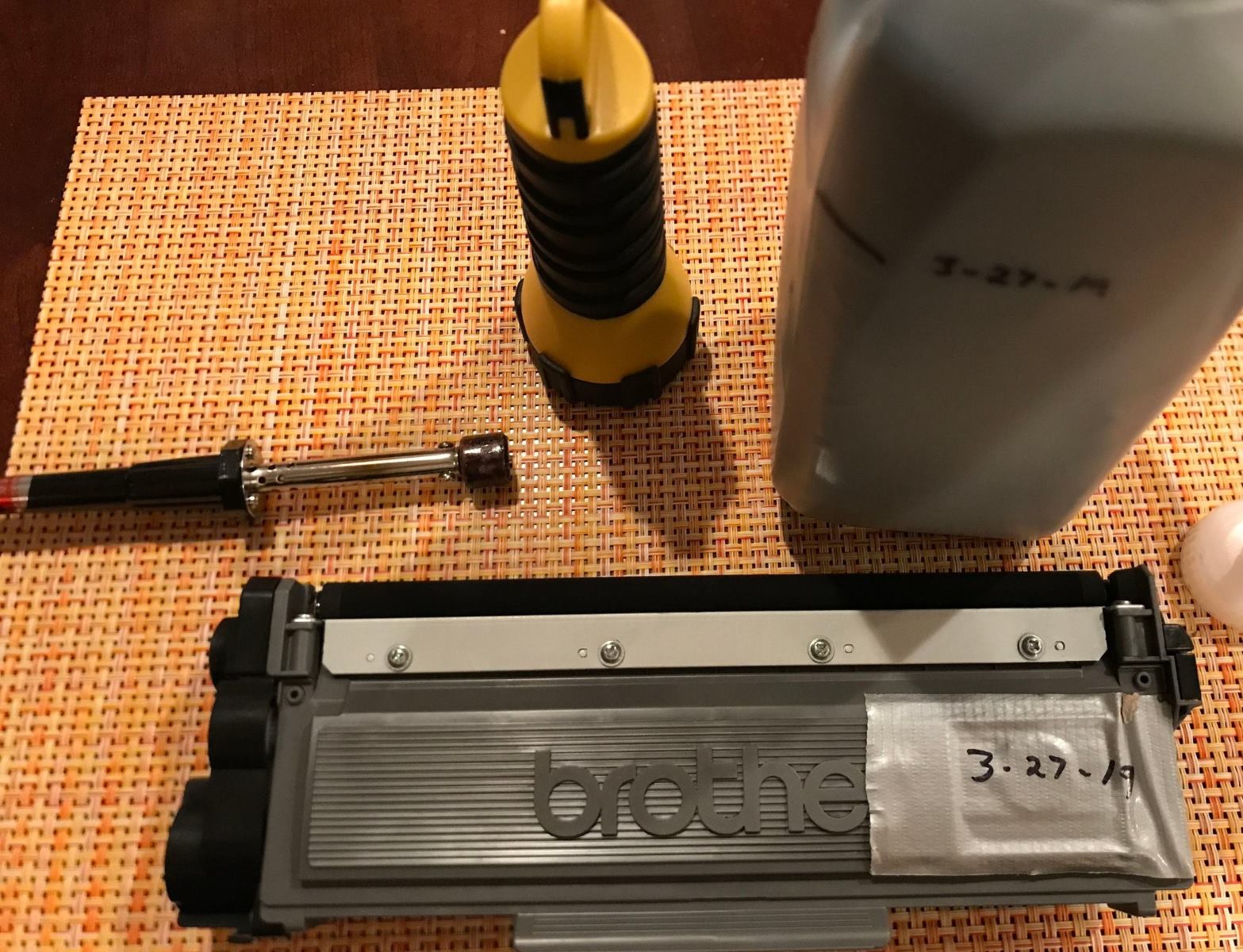

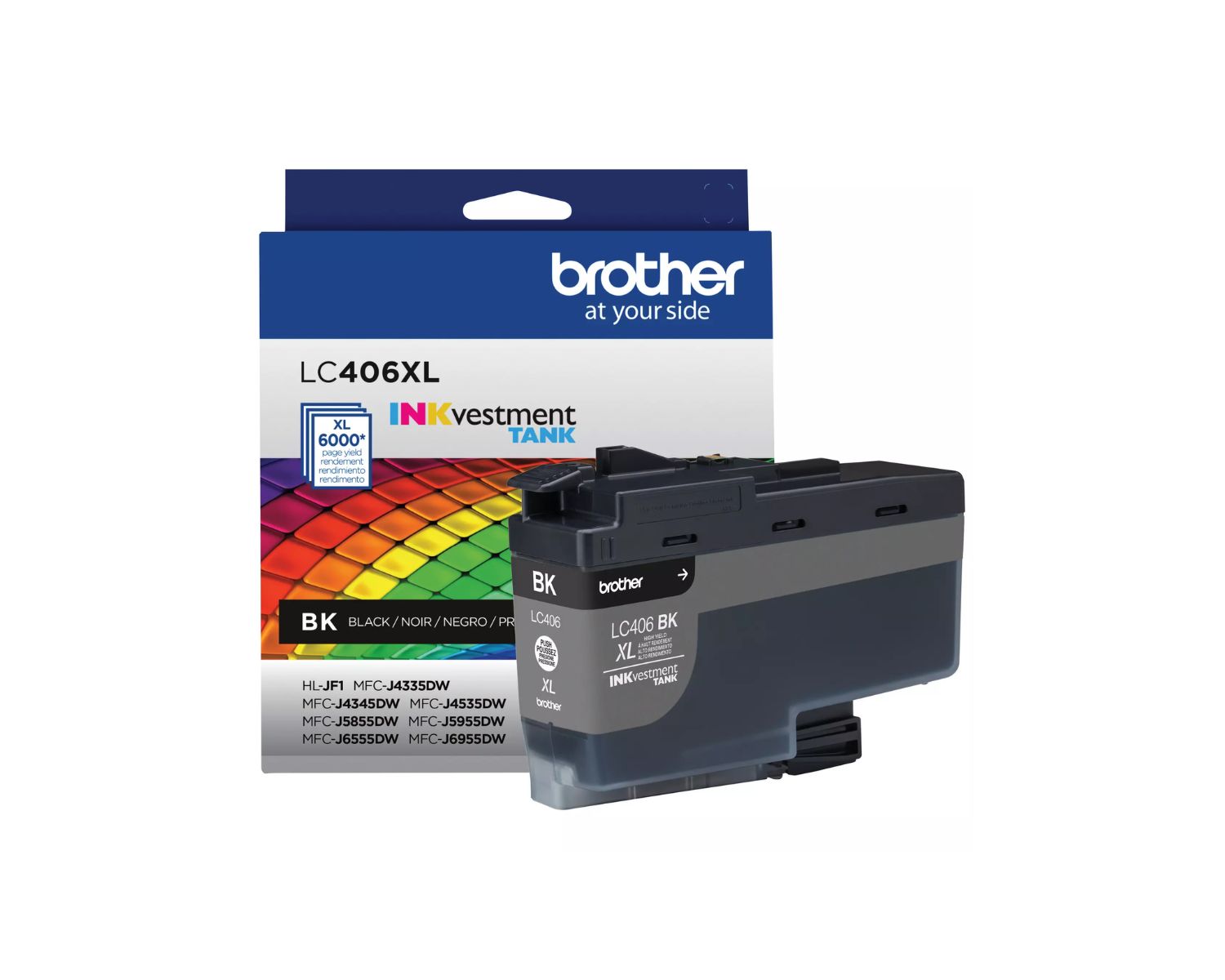
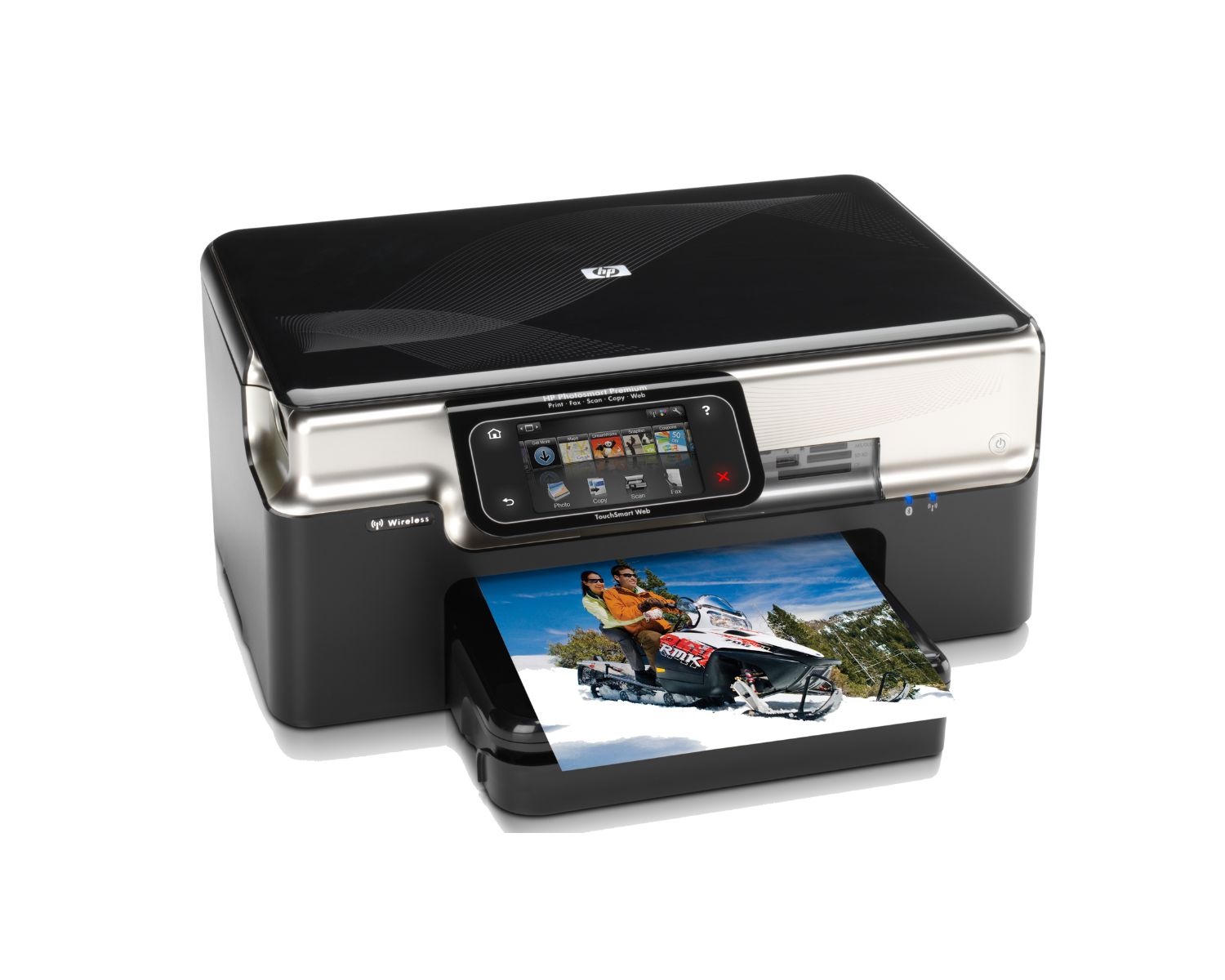


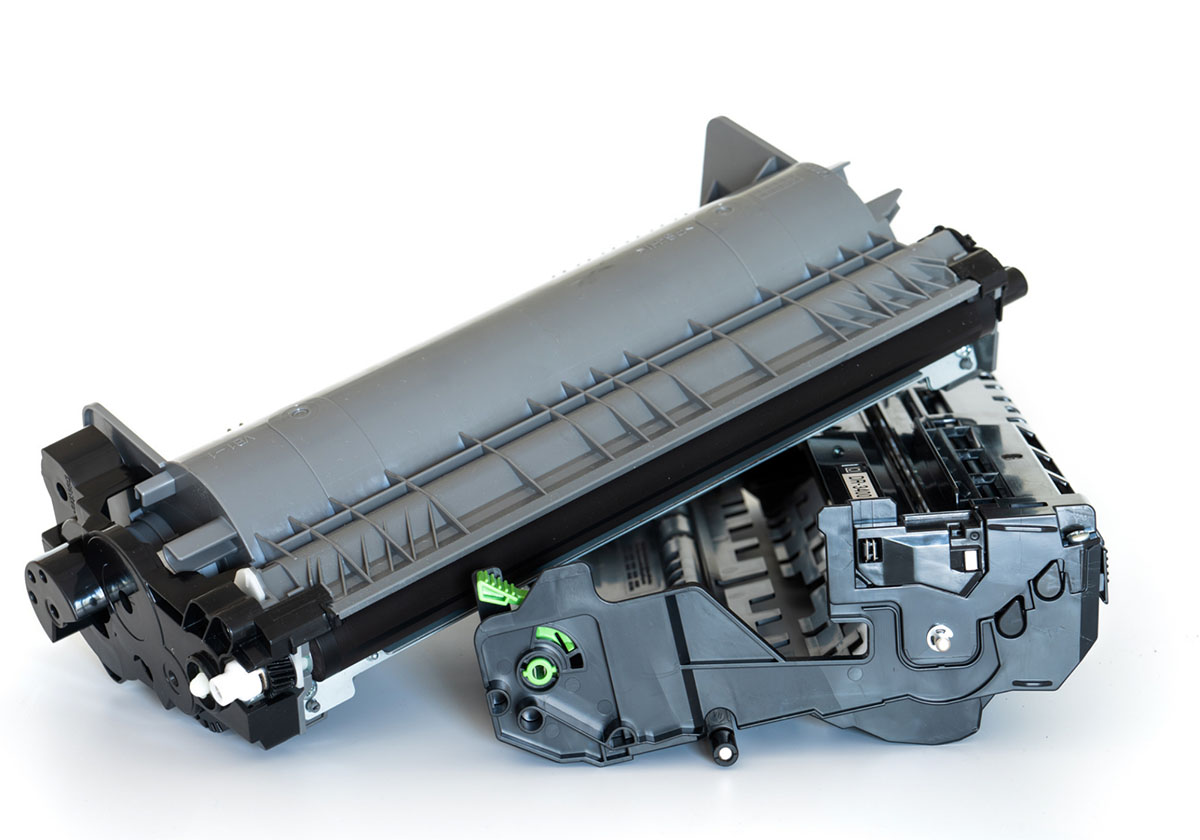
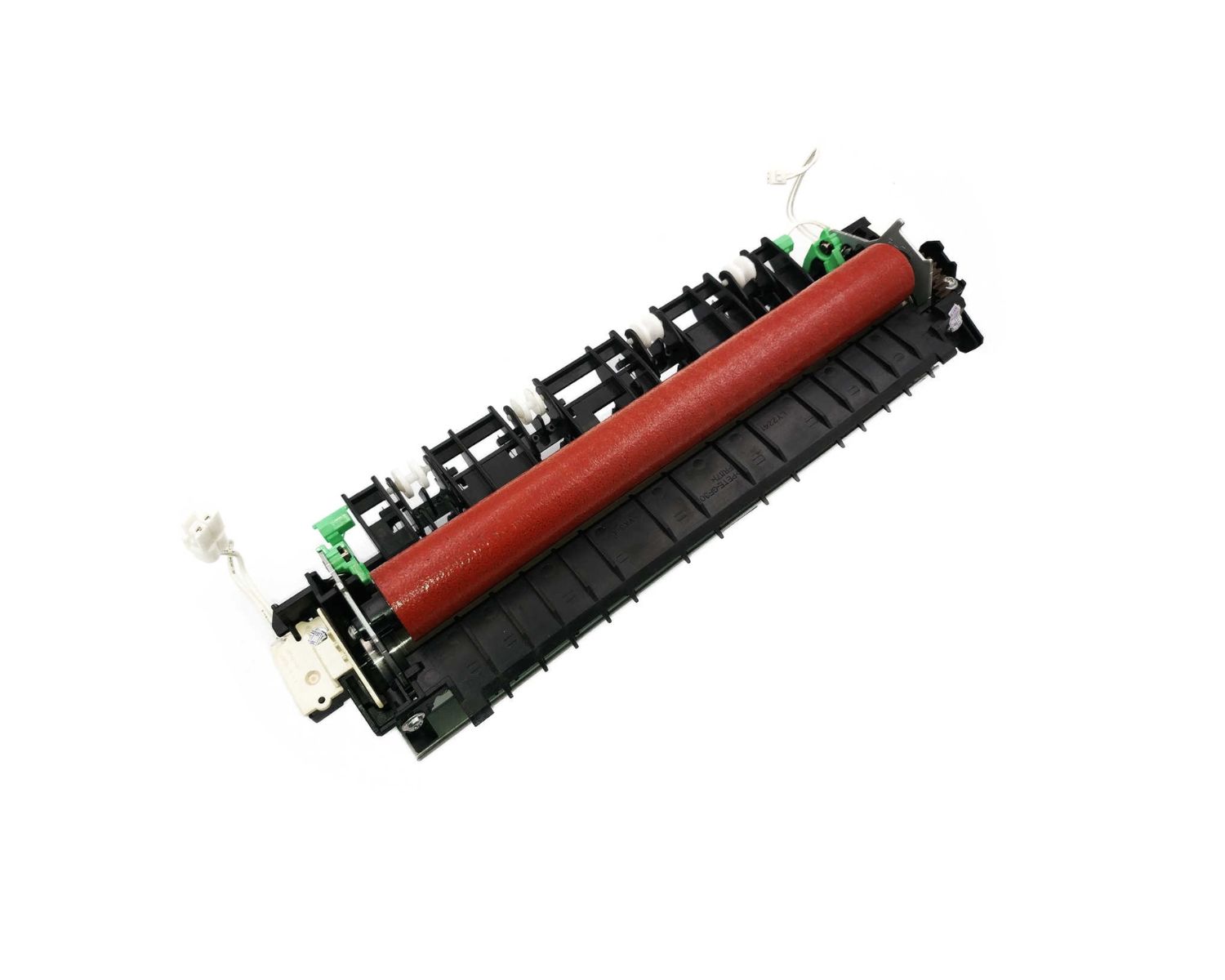
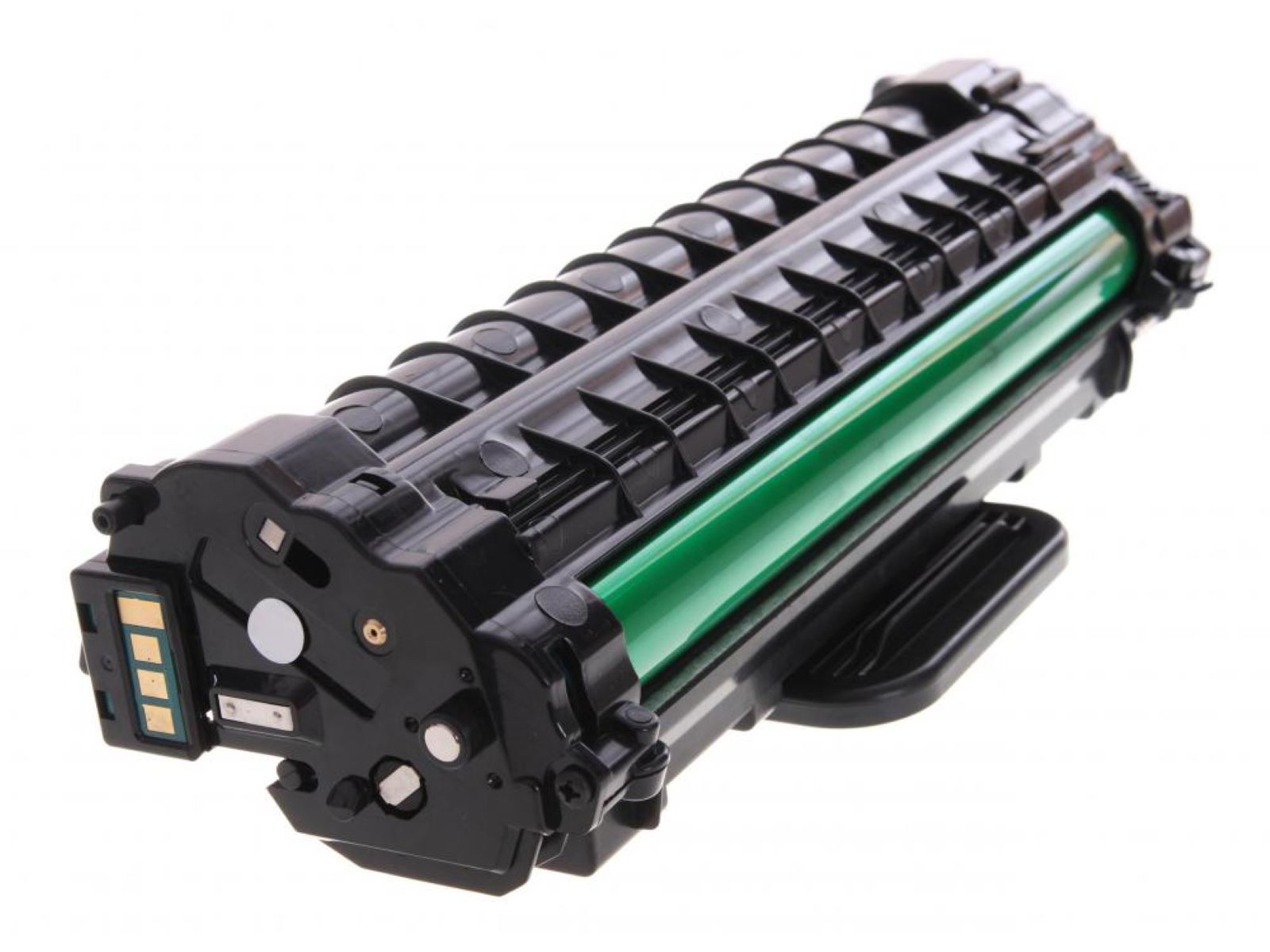
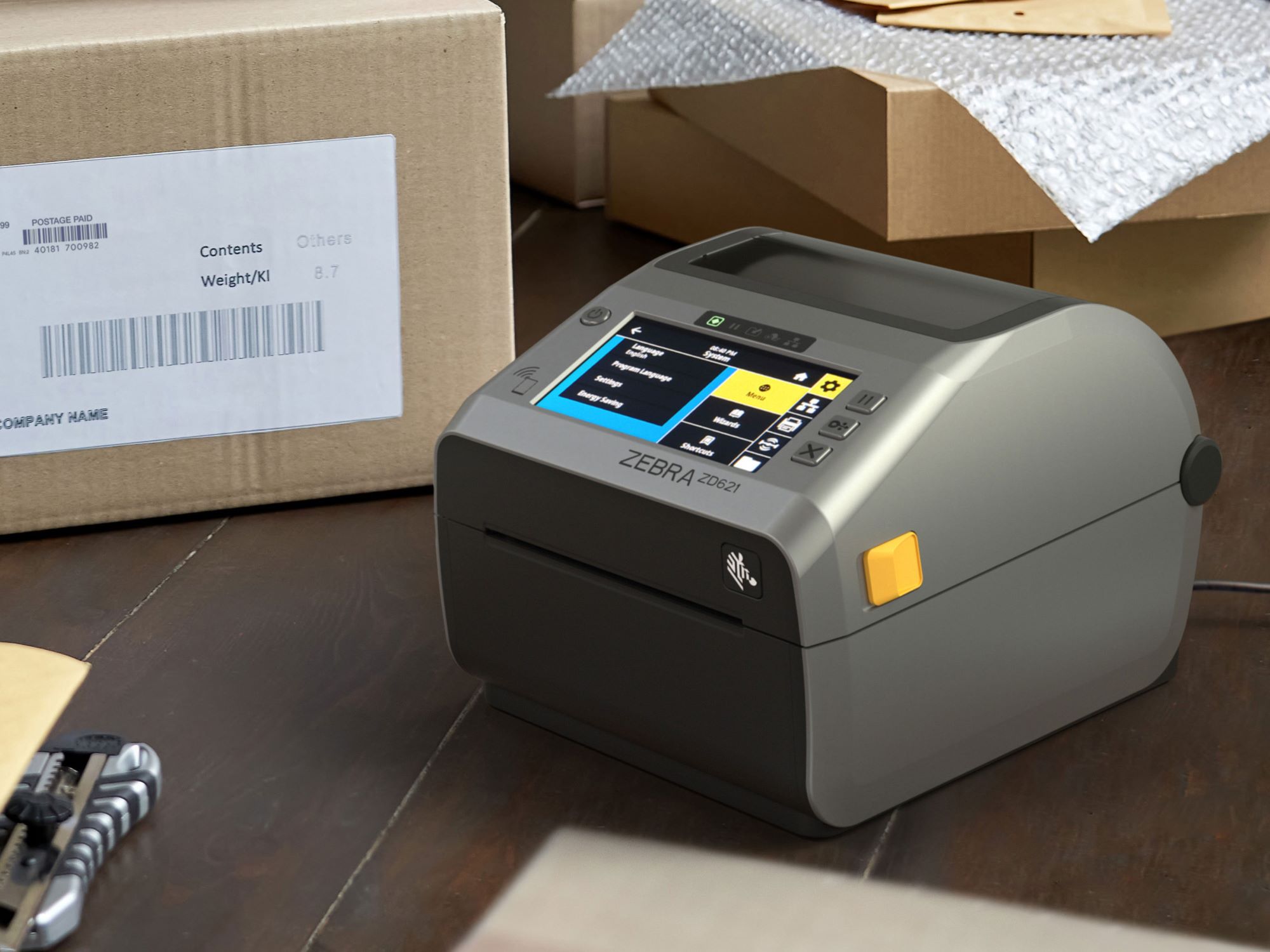
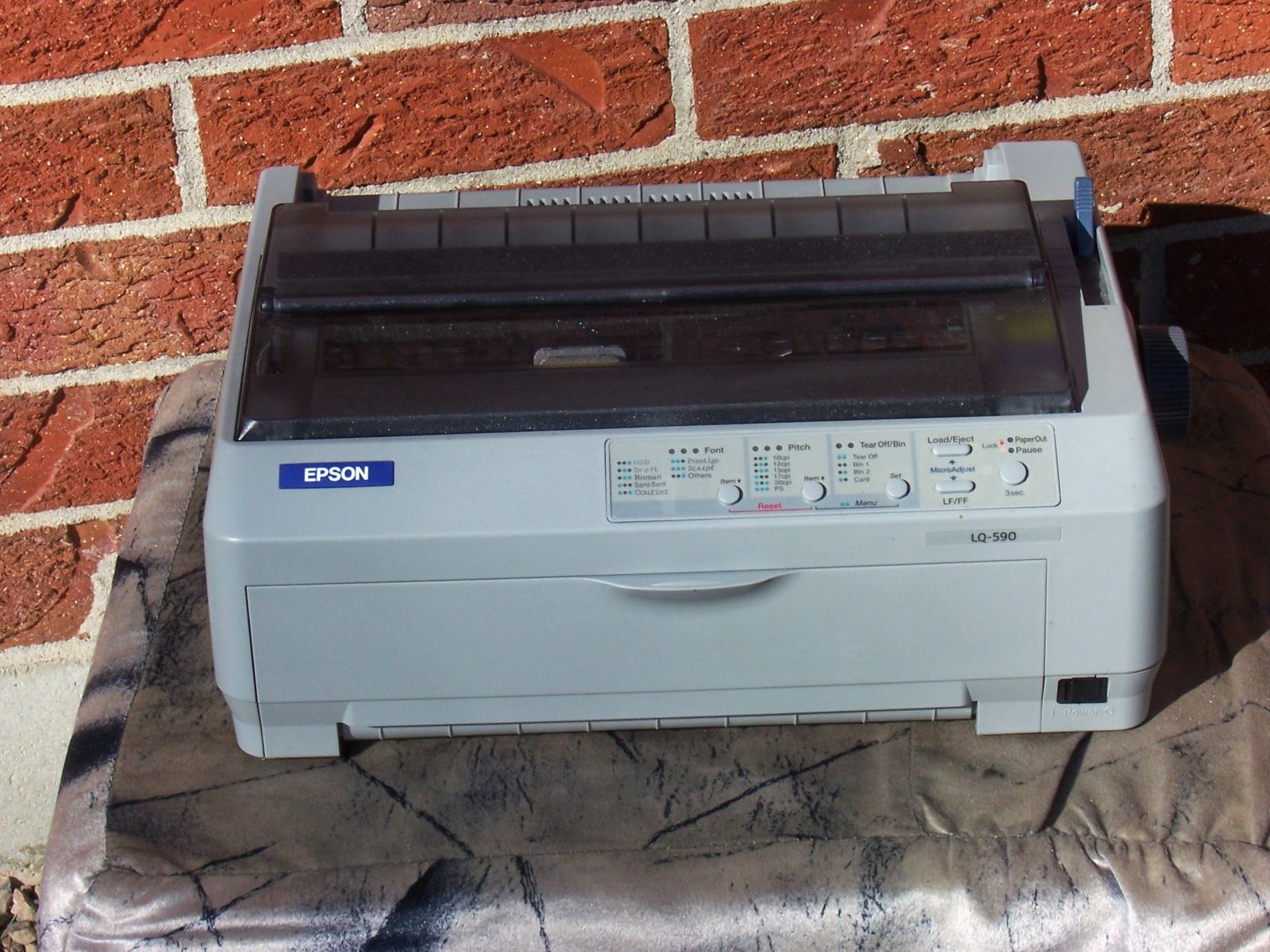
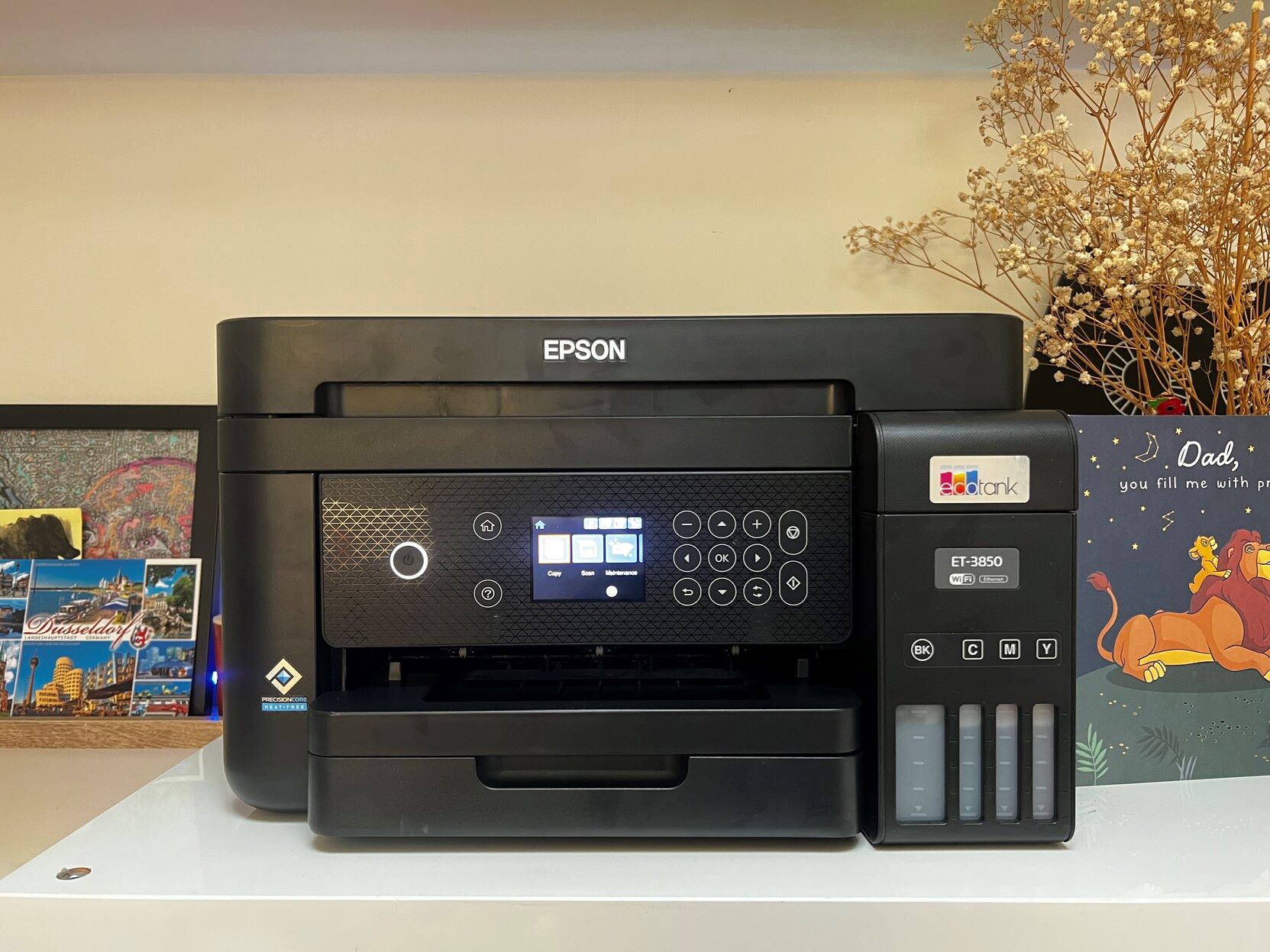

0 thoughts on “What Is Toner In A Printer”